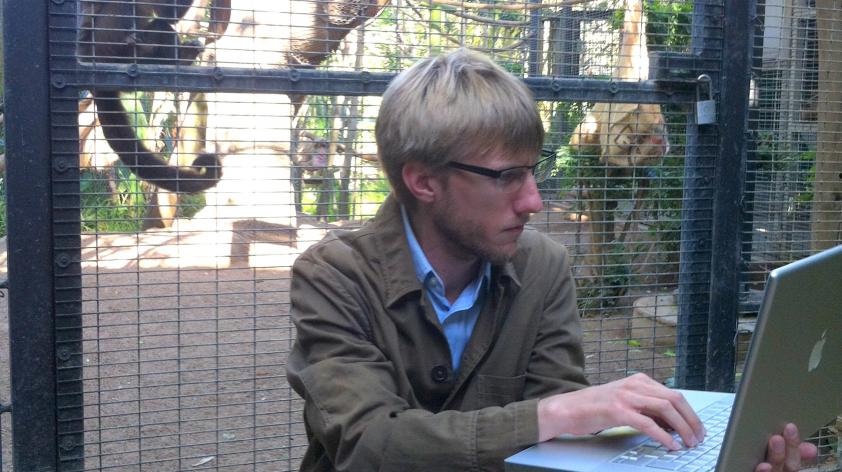
Contact Tracing, Ebola, and the Zoo
The recent Ebola outbreak in Western Africa raised the question ‘how do you stop a contagious disease from spreading’? One tried-and-true approach that you may have heard of in the news is called “contact tracing”. But what does this mean and how can it stop a contagious disease?
Contact tracing is a simple method used by epidemiologists to identify all people that a sick patient came into contact with, then closely monitor or isolate those contacts to prevent illness from spreading further. This was one of the main methods used in the fight against Ebola in Western Africa. If epidemiologists can successfully identify and isolate all contacts, then Ebola cannot be transmitted to new people and further propagate the outbreak. As you can imagine, this becomes quite difficult with large, geographically widespread outbreaks like that of Ebola.
For humans, contact tracing is accomplished through detailed questionnaires and interviews that identify all possible contacts. In the zoo world we use detailed records to recreate where an animal has been and identify which animals could become sick. This can be a complicated task when there are numerous animals involved over long time periods.
A generous donation provided by the Sheldon family has helped make the arduous task of contact tracing easier. Graduate student Bryan Lunt from the University of California, San Diego was awarded a student researcher position to help write a computer program that performs contact tracing with our animal and management records. By feeding a few pieces of key information into the software, such as who was sick and where they lived, we can instantly identify all animals that should be closely monitored and/or isolated to prevent further spread of illness.
While Ebola is not a disease of concern for animals in our care, there are other diseases that occasionally appear for which contact tracing is useful. An example would be Malignant Catarrhal Fever (MCF) which is a caused by a virus that some bovids and cervids (or cow- and deer-like species) naturally carry, but can be deadly to others. We rarely see cases of MCF, but when we do we want to identify and monitor all contacts as quickly as possible.
The marriage of the well-established method of contact tracing and computer technology is helping the Wildlife Disease Laboratories do a better job of saving species. Soon we hope to make the computer program freely available to other researchers and zoos.













